September 15, 2024 | 08:32 GMT +7
September 15, 2024 | 08:32 GMT +7
Hotline: 0913.378.918
September 15, 2024 | 08:32 GMT +7
Hotline: 0913.378.918

Around 7-8% bodyweight of broilers is found to be composed of cut components (skin, feathers, offal, head, blood, tracheae and feet) and bones, which is estimated to provide about 9.5 million tonnes of poultry byproducts for the extraction of protein. Photo: Canva
Scientists from the National Institute of Food Science and Technology at the University of Agriculture, Faisalabad, Pakistan, say the valorisation of poultry slaughter waste is essential to address growing demands and environmental pollution.
At present, the conventional methods of dealing with this waste are incineration, compositing, fertiliser manufacturing and bird of fish meal production, many of which cause greenhouse gas emissions, eutrophication and air and water pollution.
The scientific community is also looking for some alternatives to the mammalian sources of protein to sustain the growing world population in the face of climate change.
Structural proteins from poultry
The review explains the characteristics of structural proteins (collagen, gelatin and keratin) extracted from poultry waste with respect to extraction methods. They found that proteins extracted from poultry wastes are similar or better to their bovine counterparts in terms of thermal stability, nutrition, amino acid content, physiochemical, rheological and functional properties.
Collagen, gelatin and keratin are already being used as a major ingredient in the manufacturing of various food and biomedical products. Compositional analysis has revealed that poultry slaughtering waste (feather, skin, feet, trachea and head) has 34.2% dry matter, which consists of 50-63% protein and 9-15.5% ash. This compositional profile of waste assures the potential of poultry slaughter waste to replace conventional mammalian sources of protein.
Almost 10 million tonnes of poultry byproducts
Around 7-8% bodyweight of broilers is found to be composed of cut components (skin, feathers, offal, head, blood, tracheae and feet) and bones, which is estimated to provide about 9.5 million tonnes of poultry byproducts for the extraction of protein. The poultry slaughter wastes like blood, viscera, feet and bones have a high content of collagenous and gelatinous proteins, while poultry feathers are rich in keratin protein and their annual estimated production is around 8.4 million tonnes.
These proteins were previously extracted from the skin and cartilage of pigs (46%), output bovine hides (29.4%), bones (23.1%) and other sources (1.5%).
At present, owning to diseases such as bovine spongiform encephalopathy and foot and mouth disease, scientists are looking at other sources. In addition, a large number of Islamic and Jewish consumers consider pig skin gelatin unlawful for consumption.
(PW)
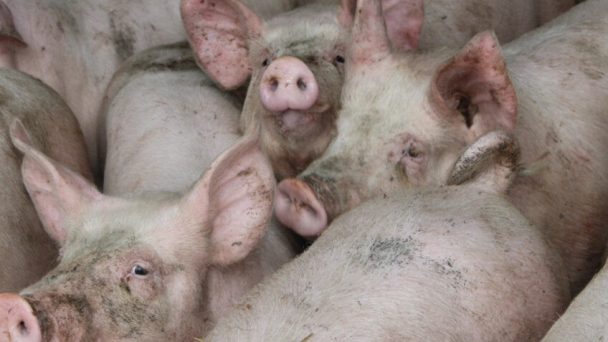
(VAN) The public prosecutor in Pavia province, northern Italy, has opened an investigation to a vet and a pig producer.
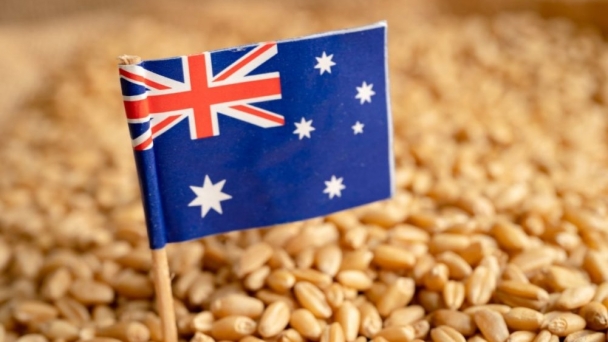
(VAN) Australian winter crop production is forecast to increase by 17% to 55.2 million tonnes in the 2024-25 marketing year.
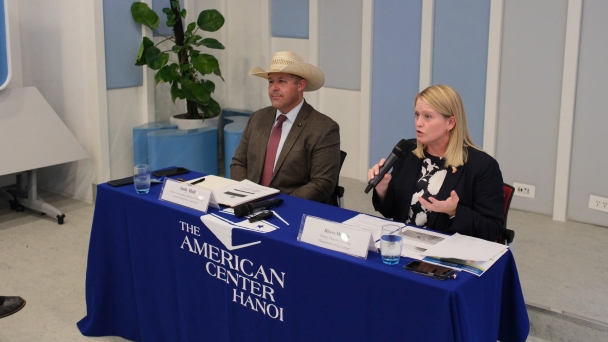
(VAN) Deputy Director Hilary Maricle of the Nebraska Department of Agriculture discussed the role of sustainability partnerships and noted the significance of the U.S. - Vietnam Comprehensive Strategic Partnership.
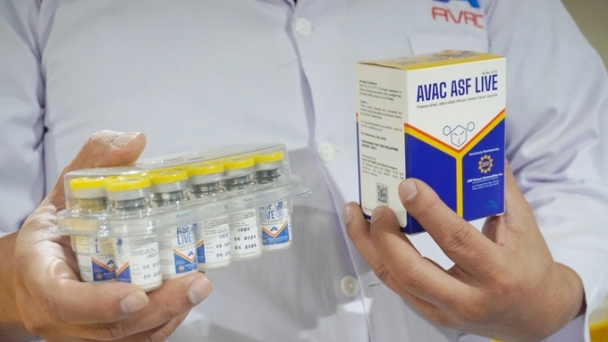
(VAN) This is one of the biggest obstacles to exporting African swine fever (ASF) vaccines from Vietnam to global markets.
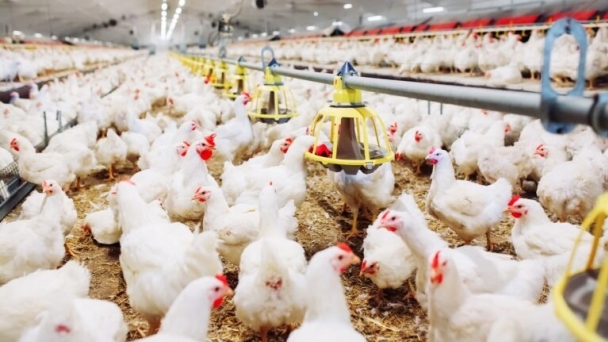
Fast-growing broilers have an increased risk of developing growth-related myopathies such as wooden breast, white striping and spaghetti meat.
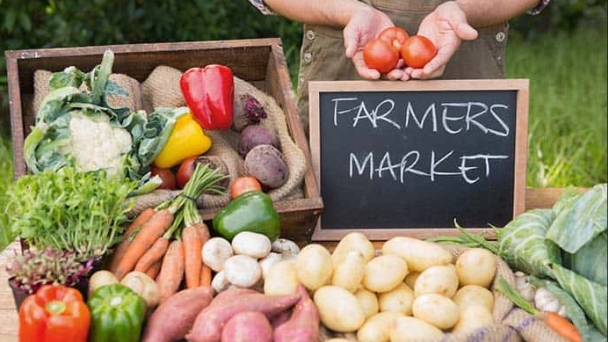
(VAN) 76th Session of the Committee on Commodity Problems commences at FAO.
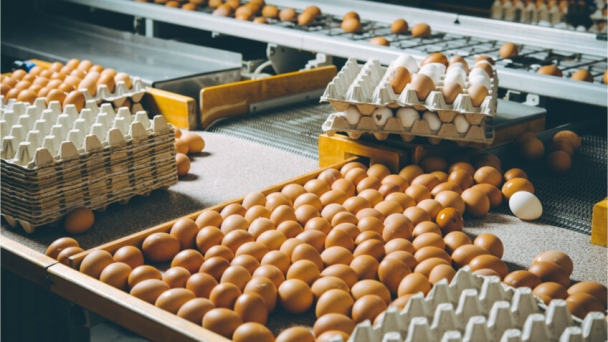
(VAN) The Russian egg market is in a state of flux, with retailers hesitating to commit to long-term contracts with suppliers.